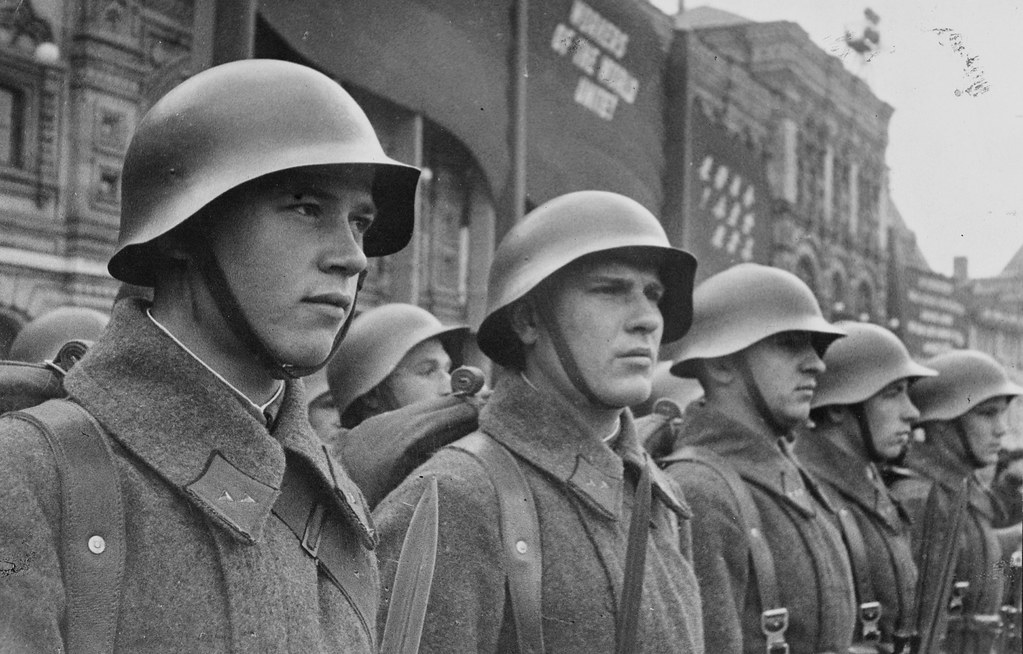The Cold War was one of the most significant geopolitical conflicts of the 20th century, with its aftershocks still reverberating in the modern world. The conflict between the United States and the Soviet Union spanned over four decades, from the end of World War II to the early 1990s, and had a profound impact on global politics, economics, and culture.
Even though the Cold War officially ended over 30 years ago, its aftershocks are still felt in various ways. One of the most significant aftershocks of the Cold War is the ongoing arms race and nuclear proliferation. The arms race between the US and the Soviet Union was a central feature of the Cold War, with both sides investing heavily in developing and deploying nuclear weapons.
The threat of mutually assured destruction kept the two superpowers in check, preventing a direct military confrontation. However, the end of the Cold War did not bring an end to the arms race or nuclear proliferation. Today, multiple countries possess nuclear weapons, and the possibility of a nuclear war remains a real concern.
The aftershocks of the Cold War are evident in the ongoing efforts to prevent nuclear proliferation and reduce the number of nuclear weapons worldwide. Another significant aftershock of the Cold War is the rise of authoritarianism and nationalism. The Cold War was fought between two ideological camps, with the US promoting democracy and capitalism and the Soviet Union advocating for communism.
The collapse of the Soviet Union left the US as the lone superpower, but it did not bring an end to ideological conflict. Today, authoritarianism and nationalism are on the rise, with countries like Russia, China, and North Korea promoting their own brand of authoritarianism. The aftershocks of the Cold War are evident in the ongoing struggle between democracy and authoritarianism, with the US and its allies pushing back against the authoritarian regimes.
The Cold War also had a significant impact on global politics and economics. The world was divided into two opposing blocs, with countries aligning themselves with either the US or the Soviet Union. The end of the Cold War brought about a new era of globalization and interconnectedness, with countries increasingly relying on each other for trade, investment, and technology. However, the aftershocks of the Cold War are evident in the ongoing tensions between the US and its allies and countries like Russia and China.
The US continues to promote a liberal international order, while Russia and China seek to challenge that order and promote their own vision of the world. Finally, the Cold War had a significant impact on culture and society. The conflict between the US and the Soviet Union was not just about military and economic power, but also about values and ideology.
The US promoted freedom, democracy, and individualism, while the Soviet Union advocated for collectivism, equality, and social justice. The aftershocks of the Cold War are evident in the ongoing debate about the role of government, the balance between individual freedom and social responsibility, and the meaning of democracy and human rights.
In conclusion, the aftershocks of the Cold War are still felt in various ways, from the ongoing arms race and nuclear proliferation to the rise of authoritarianism and nationalism. The impact of the Cold War on global politics, economics, and culture is evident in the ongoing struggles and tensions between the US and its allies and countries like Russia and China. As we navigate the challenges of the modern world, it is important to understand the legacy of the Cold War and its aftershocks, and to work towards a more peaceful, prosperous, and just world.

